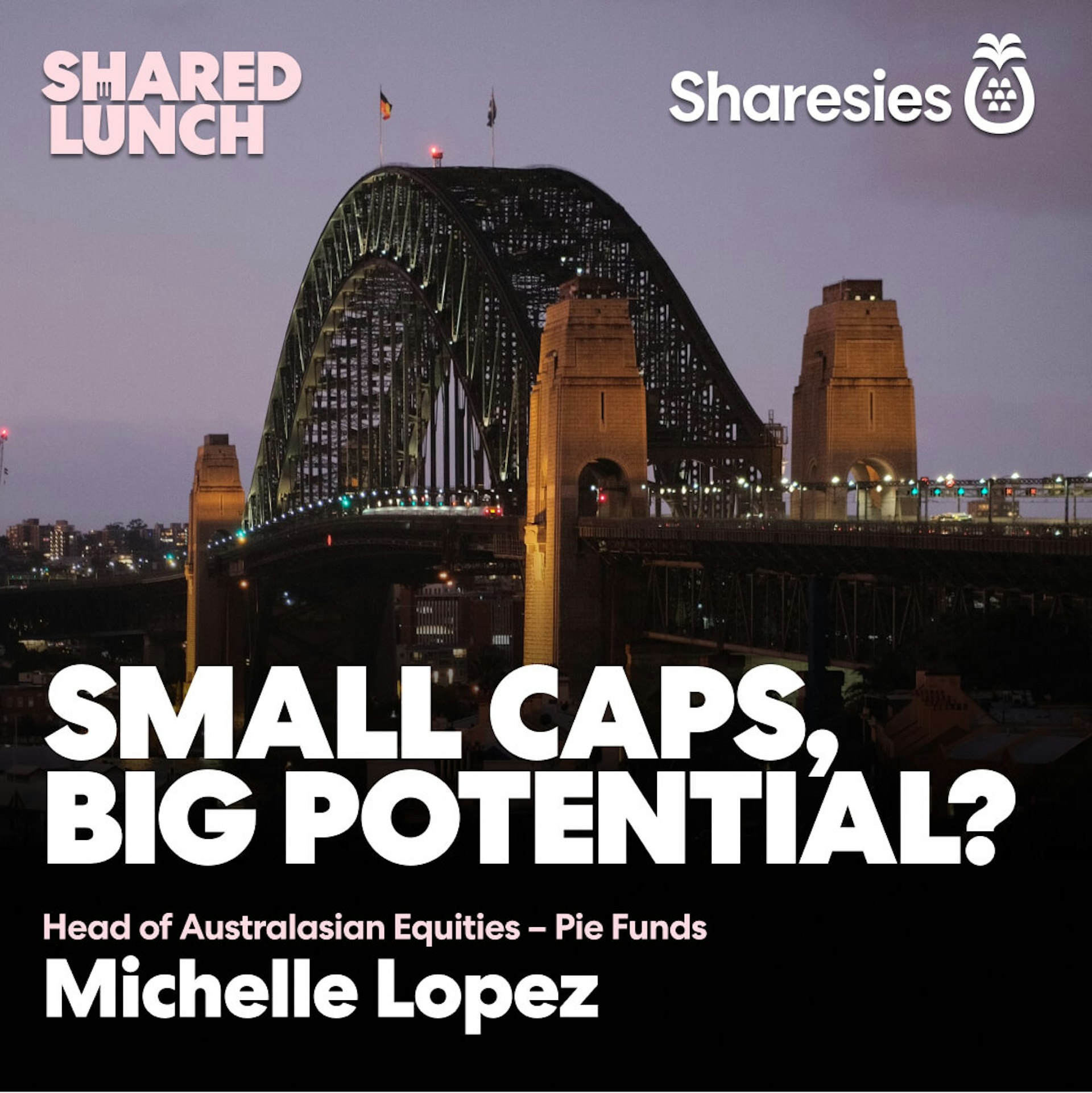What to think about before you sell
We’ve written a decent amount about buying shares—how to buy them, what kind of shares you can buy, how shares work once you’ve bought them, and more.

But there’s another side to that story. Someday, you might want to sell your shares, for any sort of a reason. You might sell them for more than you paid for them (a capital gain), or you might sell them to invest in something else after earning dividends for a while. You also might sell because things are trending downwards, and you want to take a smaller loss before it turns into a bigger loss.
With this in mind, we thought we’d work through some of the things you might think about before you sell.
Are you on track to meet your goals?
It’s useful to invest with a goal in mind. This could be anything—a house, your retirement, your wedding, your children’s future … it’s up to you! Or, your goal could be a commitment to invest for a certain amount of time. Or, your goal could be based on a return—you might want to make a 10% return on your investment, as an example.
Goals don’t need to be complicated, and they’re useful for setting a rough guide as to whether you should sell or not. In many cases, you can quickly ask yourself: “Would selling now help me reach my goals?”
This is kind of tough, because it can’t be answered definitively. If your investments are increasing in value, but you haven’t reached your goals, then selling might get in the way of you reaching them - as long as the investment continues to increase. And the opposite is just as true. If your investment is losing value, you need to ask yourself if you think it is going to continue to lose value. If you think it is, it may be better to sell now and take a small loss than to wait and take a big one.
It’s worth asking yourself what you think is going to happen, and how that prediction lines up with your goals.
Of course, that’s not the whole story …
Do you need the money?
Reality is, life gets in the way of all kinds of things, and investment is no exception. If you get an unexpected expense, you might need to sell some shares to cover it.
Don’t feel bad if this happens. It could happen to anyone. But before you sell, have a good think about which shares you’re selling and how much to sell. After all, if an investment is doing really well, and you expect it to continue to do well, then it may make more sense to try to put an unexpected expense off if it’s not urgent.
This is also a good reason to have an emergency fund, so that when something comes up, you can use your buffer funds before you crack into your shares.
Having said that, sometimes it may be necessary to sell your shares—and be kind to yourself about it. There’s no shame in having to change your plans when something unexpected happens—and your Sharesies account will still be there, awaiting your return!
Have you thought about locking in a loss?
The share market can be a roller coaster, with lots of ups and downs. Locking in a loss is when you sell your shares for less than you paid for them.
This is a big cost of selling shares. You are likely to be more tuned into the ups and downs of the share market when you’re buying or selling. If you own shares that are worth less than you paid for them, you still own the same number of shares. But if you sell shares that are worth less than you paid for them, you’re locking that loss in for good. If the shares go back up in value after you’ve sold, you don’t get those gains.
But locking in a loss isn’t always a bad thing.
Let’s look at an example. If you buy some shares for $100, and they drop in value, to $90, and you sell, then you have locked in a $10 loss. This is not a bad thing in and of itself. If the shares then drop in value again, to $80, then your $10 loss was actually a better outcome. Had you waited, the $10 loss would have turned into a $20 loss!
The reverse can also be true. If you sell at $90, and the investment increases in value back up to $110, then you took a $10 loss that could have been a $10 gain.
Problem is, you don’t have a crystal ball - so, like we said above, do your research and make the decision that is right for you and what you are most comfortable with.
(This is also a good reason to have a well-diversified Portfolio, in order to reduce the overall impact if any one investment drops in value).
What about missing out on growth?
Missing out on growth is similar to locking in a loss, but it’s a lot sneakier. Here’s an example. Let’s say you bought some shares for $100, with the intention of sitting on them for a year. After 6 months, they’ve done really well—now they’re worth $150! You haven’t reached your time goal, but you figure a 50% gain is really good. So you sell. After all, you’re not locking in a loss, right?
Bad news: you might be, in a sense. Because what if the share price keeps going up, and six months after you sell, it’s worth $175, or $200? You’ve “lost” the potential to make a better return by selling earlier than you intended on selling.
This is worth consideration, but needs to be weighed up individually. Like everything in investing, it depends on your specific goals. If you’re on track to meeting your goals, and selling is the best way to do so, then sell! But just make sure you think about your goals, your risk, and your portfolio.
The bottom line
The overall point here is that there’s nothing wrong with selling shares. But just make sure you’re thinking about the overall context when you sell. Think about your goals, and think about your overall Portfolio.
Ok, now for the legal bit
Investing involves risk. You might lose the money you start with. If you require financial advice, you should consider speaking with a qualified financial adviser, or seek independent legal, taxation, or other advice when considering whether an investment is appropriate for you. Past performance is not a guarantee of future performance. This content is brought to you by Sharesies Limited (NZ) in New Zealand and Sharesies Australia Limited (ABN 94 648 811 830; AFSL 529893) in Australia. It is not financial advice. Information provided is general only and current at the time it’s provided, and does not take into account your objectives, financial situation, and needs. We do not provide recommendations. You should always read the product disclosure documents available from the product issuer before making a financial decision. Our disclosure documents and terms and conditions—including a Target Market Determination and IDPS Guide for Sharesies Australian customers—can be found on our relevant NZ or Australian website.
Join over 860,000 investors



